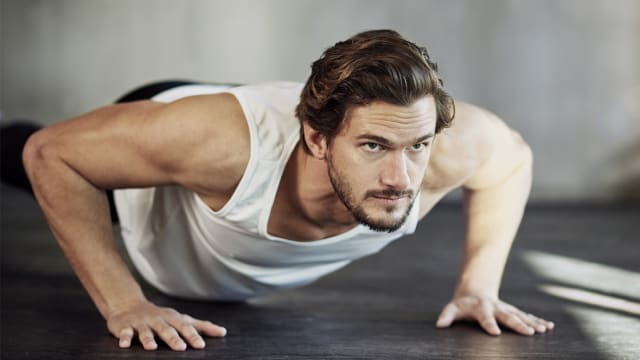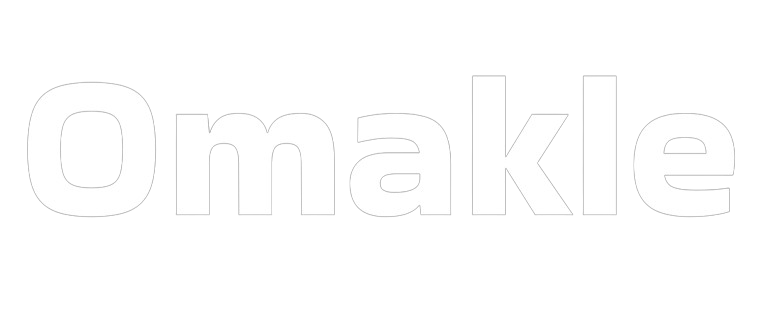
Introduction to Functional Workouts
In today's fast-paced world, finding time for fitness can be a challenge. Busy schedules, work commitments, and family responsibilities often leave little room for exercise. However, maintaining a consistent fitness routine is crucial for overall health and well-being. This is where functional workouts come into play.
Functional workouts focus on movements that mimic everyday activities, such as squatting, bending, lifting, and reaching. Unlike traditional gym workouts that isolate individual muscles, functional exercises engage multiple muscle groups simultaneously, promoting strength, flexibility, and mobility.
Understanding the Busy Lifestyle
Busy individuals face numerous challenges when it comes to prioritizing fitness. From hectic work schedules to family obligations, finding time to hit the gym can seem nearly impossible. Time constraints and scheduling conflicts often result in skipped workouts and neglected fitness goals. Moreover, the pressure to balance work and personal life can lead to stress and fatigue, further hindering motivation to exercise.
Functional Workouts: The Solution for Busy People
Definition and Principles
Functional workouts revolve around the principle of functional movement patterns. These exercises aim to improve the body's ability to perform daily tasks efficiently and effectively. By incorporating movements that mimic real-life activities, functional workouts enhance overall functionality and performance in everyday life.
Benefits
One of the primary benefits of functional workouts is their efficiency. Busy individuals can achieve a full-body workout in less time by engaging multiple muscle groups simultaneously. Additionally, functional exercises improve functionality in daily life, making tasks such as lifting groceries, climbing stairs, and bending easier and safer. Moreover, by focusing on natural movement patterns, functional workouts reduce the risk of injury associated with repetitive or isolated exercises.
Flexibility and Adaptability
One of the key advantages of functional workouts is their flexibility and adaptability. These exercises can be tailored to individual needs and goals, making them suitable for people of all fitness levels. Whether you're a beginner or an experienced athlete, functional movements can be modified to challenge and progress your fitness journey. Furthermore, functional workouts can be performed anywhere, whether it's at home, in the office, or at the gym. With minimal equipment required, busy individuals can squeeze in a quick workout whenever and wherever they can.

Sample Functional Workouts for Busy Individuals
Bodyweight Exercises
Bodyweight exercises are a convenient and effective way to incorporate functional movements into your routine. These exercises require little to no equipment and can be performed anywhere. Here are some bodyweight exercises to try:
- Squats: Stand with feet hip-width apart, lower your body by bending your knees and pushing your hips back, then return to standing position.
- Lunges: Step forward with one foot and lower your body until both knees are bent at a 90-degree angle, then return to starting position and repeat on the other side.
- Push-ups: Start in a plank position with hands shoulder-width apart, lower your body until your chest nearly touches the ground, then push back up to starting position.
- Planks: Hold a plank position with hands directly under shoulders and body in a straight line from head to heels, engage your core and hold for 30 seconds to a minute.
- Bear Crawls: Start on all fours with knees lifted off the ground, crawl forward by moving opposite hand and foot simultaneously, then reverse direction and crawl backward.
Interval Training
Interval training is another effective method for busy individuals to maximize their workout in minimal time. This high-intensity exercise alternates between periods of intense activity and short rest or low-intensity recovery. Here's how to incorporate interval training into your routine:
- High-Intensity Interval Training (HIIT): Perform short bursts of high-intensity exercises, such as sprinting or jumping jacks, followed by brief rest periods. Repeat the cycle for 15-20 minutes to elevate your heart rate and burn calories.
- Tabata-style Workouts: Tabata workouts consist of 20 seconds of maximum effort followed by 10 seconds of rest, repeated for 4 minutes. Choose exercises like burpees, squats, or mountain climbers for a quick and intense workout.
Functional Training Tools
In addition to bodyweight exercises and interval training, functional workouts can be enhanced with the use of various training tools. These tools add resistance and variety to your workouts, helping you achieve greater strength and endurance. Some common functional training tools include:
- Kettlebells: Incorporate kettlebell swings, cleans, and snatches to build strength and power while improving cardiovascular fitness.
- Resistance Bands: Use resistance bands for exercises like banded squats, rows, and chest presses to challenge your muscles and improve flexibility.
- Medicine Balls: Perform exercises such as medicine ball slams, throws, and twists to develop core strength, coordination, and explosive power.

Also read:- The Busy Persons Blueprint to Functional Fitness
Incorporating Functional Workouts into Your Routine
Setting Realistic Goals
When incorporating functional workouts into your routine, it's essential to set realistic and achievable goals. Start by identifying your fitness objectives, whether it's to lose weight, build muscle, or improve overall health. Break down your goals into smaller, manageable steps, and track your progress along the way. Remember to celebrate your successes and adjust your goals as needed to stay motivated and focused.
Creating a Consistent Schedule
Consistency is key when it comes to seeing results from your fitness routine. Find pockets of time throughout your day to squeeze in a quick workout, whether it's before work, during your lunch break, or after dinner. Prioritize your fitness just like you would any other important task, and make it a non-negotiable part of your daily routine. By making exercise a habit, you'll soon find that it becomes easier to stick to your fitness goals.
Seeking Professional Guidance
If you're new to functional workouts or unsure where to start, consider seeking professional guidance from a certified fitness trainer or physical therapist. A qualified professional can assess your current fitness level, discuss your goals and limitations, and create a personalized workout plan tailored to your needs. They can also provide instruction on proper form and technique to prevent injury and maximize effectiveness.

Conclusion
In conclusion, functional workouts offer a practical and efficient solution for busy individuals looking to optimize their fitness routine. By focusing on movements that mimic everyday activities, these exercises improve overall strength, flexibility, and mobility, while also reducing the risk of injury. With a variety of bodyweight exercises, interval training techniques, and functional training tools to choose from, there are endless possibilities for incorporating functional movements into your daily routine. Remember to set realistic goals, create a consistent schedule, and seek professional guidance when needed. By prioritizing your fitness and embracing functional workouts, you can elevate your workout routine and achieve your health and fitness goals, even with a busy lifestyle.
FAQs
Q: Are functional workouts suitable for beginners? A: Yes, functional workouts can be adapted to suit individuals of all fitness levels, including beginners. Start with simple bodyweight exercises and gradually increase intensity as you build strength and confidence.
Q: Can I do functional workouts at home without any equipment? A: Absolutely! Many functional exercises require minimal or no equipment and can be performed in the comfort of your own home. Bodyweight exercises like squats, lunges, and push-ups are great examples of effective home workouts.
Q: How long should a functional workout session last? A: The duration of a functional workout session can vary depending on your fitness level and goals. Aim for at least 20-30 minutes of continuous activity, incorporating a mix of strength, cardio, and flexibility exercises.
Q: Will functional workouts help me lose weight? A: Yes, functional workouts can aid in weight loss by increasing calorie burn, improving metabolism, and building lean muscle mass. Combine functional exercises with a balanced diet for best results.
Q: I have a busy schedule. How can I find time for functional workouts? A: Look for opportunities to incorporate short, intense workouts into your daily routine, such as during breaks at work or while watching TV. Prioritize your fitness goals and schedule workouts like any other important appointment.
Q: I'm recovering from an injury. Are functional workouts safe for me? A: Functional workouts can be adapted to accommodate various injuries and limitations. Consult with a physical therapist or fitness professional for guidance on modifying exercises to suit your needs and promote safe recovery.
Q: Can functional workouts improve sports performance? A: Yes, functional workouts can enhance sports performance by improving overall strength, agility, and coordination. Many athletes incorporate functional exercises into their training regimen to boost athletic performance and prevent injury.
Q: How often should I do functional workouts? A: Aim to do functional workouts at least 3-4 times per week to see results. Be sure to allow for adequate rest and recovery between sessions to prevent overtraining and promote muscle growth.
Q: Will functional workouts help me with everyday activities like lifting and bending? A: Absolutely! Functional workouts focus on movements that mimic real-life activities, such as squatting, bending, and lifting. By strengthening these functional movement patterns, you'll improve your ability to perform daily tasks with ease and confidence.
Q: Can I combine functional workouts with other forms of exercise? A: Yes, functional workouts can complement other forms of exercise, such as yoga, Pilates, and traditional strength training. Mix and match different modalities to keep your workouts fun, challenging, and effective.


0 Comments